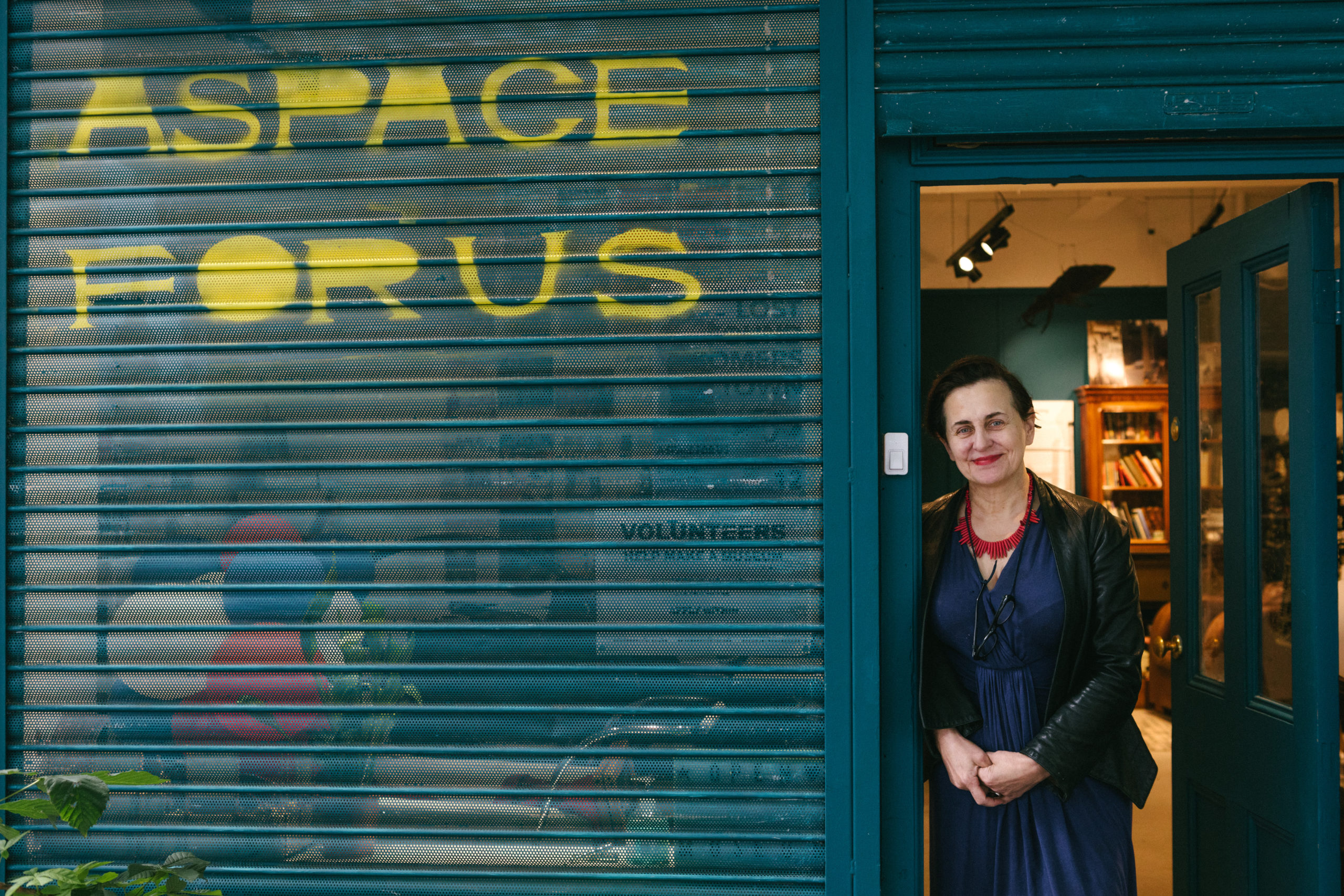A space for us: Reformers Radicals and Un-common people
For the hundreds of thousands of commuters, students, and tourists that throng in and out of Kings Cross St Pancras and Euston every day, the area is somewhere you pass through. Known as “The Knowledge Quarter” due to the surrounding of national institutions, from Universities to The British Library, this can hide an area with a deeply rooted in a rich shared history.
For Diana Foster, preserving a disappearing area and its community motivated her to find the People’s Museum Somers Town in a small shop front backing onto the housing estate.

“It started in 2016 as an oral history project recording peoples’ memories at a time of huge change,” Diana told us. “This place needs to be remembered and recorded”. The newly opened museum tells a social history: the area’s origins, it’s amazing radical histories and ‘un-common’ peoples, through its own publications, collections of posters, old family photo books and relics from closed local pubs.
In the early 20th century Somers Town was one of the most deprived areas of the capital, tucked away between Euston and Kings Cross. Yet notable writers and radical thinkers lived here from Mary Wollstonecraft, Mary Shelley, and her radical Anarchist Philosopher father William Godwin to decoloniser George Padmore. Over the next century, Somers Town became a model for high-quality social housing and community living, much of which was fought for by incredible social reformers in the demand for a more equal society.
“We’re trying to honour the history of the working-class movements that happened here.”
Diana Foster
“We’re trying to honour the history of the working-class movements that happened here,” Diana tells us, “Social housing heritage is Camden’s heritage”.
The museum tells its ‘radicals, reformers and uncommon peoples’ narratives through lost and found objects to illustrate a story of change and loss. Some were found on demolition sites and others are personal belongings donated to the museum by residents: it is a co-created museum that shares a heritage with the wider community. The museum seeks to uncover and preserve that history as well as record a changing place. Or, as Diana puts it “to preserve a sense of place for this community”.
